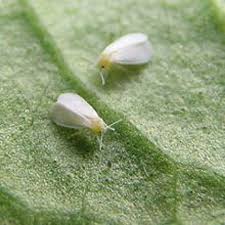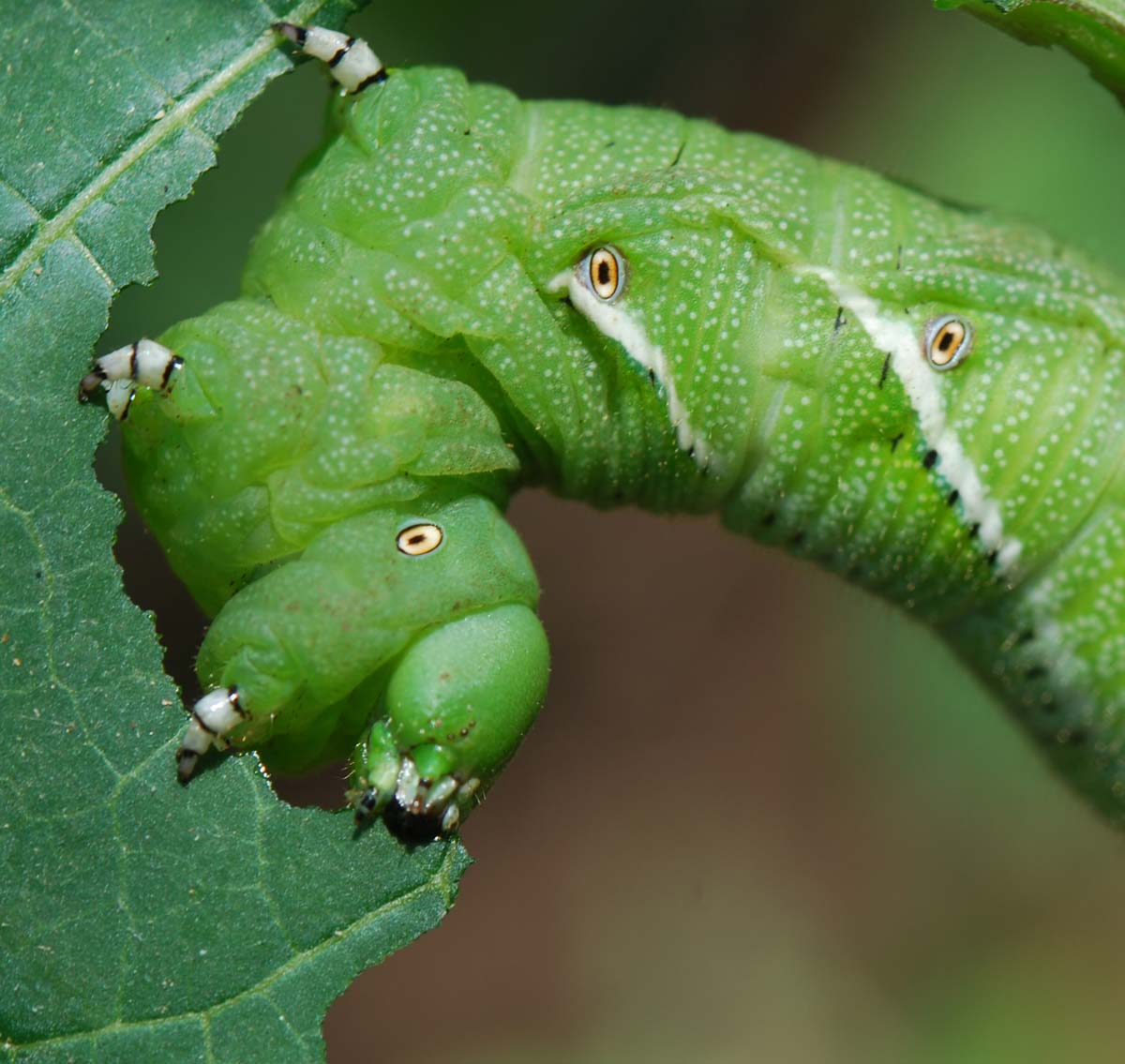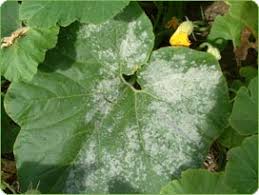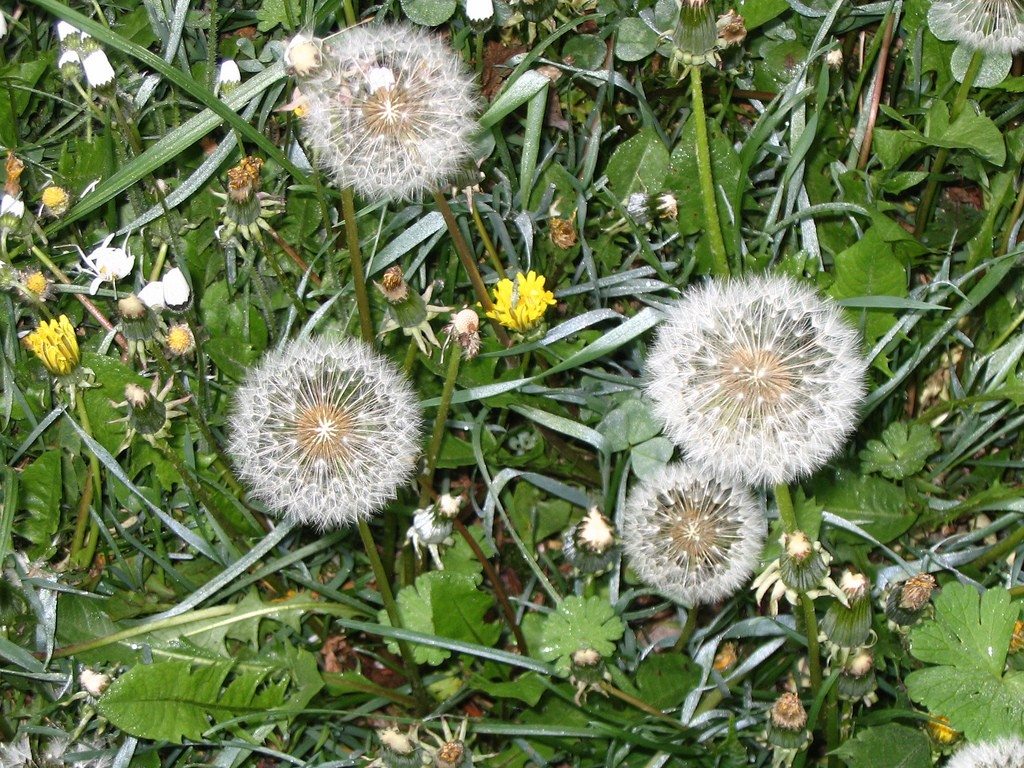Bottle gourd Detail
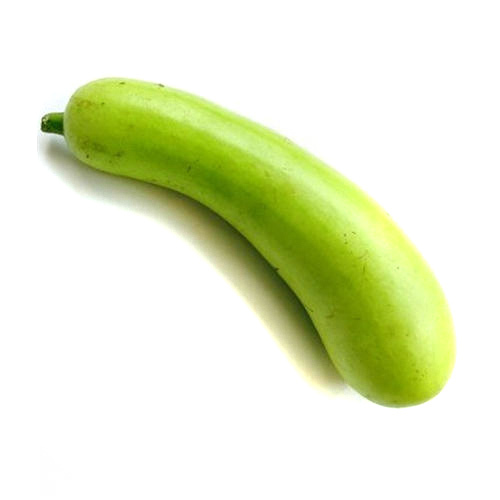
| Crop Detail The bottle gourd is a commonly cultivated plant in tropical and subtropical areas of the world, now believed by some to have spread or originated from wild populations in southern Africa. The bottle gourd may have been carried from Africa to Asia, Europe and the Americas in the course of human migration or by seeds floating across the oceans inside the gourd. Nowadays, bottle gourds are grown by direct sowing of seeds or transplanting 15 to 20 day old seedlings. The plant prefers well-drained, moist, rich soil. It requires plenty of moisture in the growing season and a warm, sunny position, sheltered from the wind. It can be cultivated in small places such as in a pot and allowed to spread on a trellis or roof. Bottle gourds grow very rapidly and their stems can reach a length of 9 m in the summer, so they need a solid support along the stem if they are to climb a pole or trellis. If planted under a tall tree, the vine may grow up to the top of the tree. To obtain more fruit, farmers sometimes cut off the tip of the vine when it has grown to 6-8 feet in length. This forces the plant to produce side branches that soon bear flowers and yield more fruit. |
|
| Major/Minor | Major |
|---|---|
| Temporary/Permanent | Temporary |
| Category | Agriculture Extension |
| Type | Vegetables |
| Crop Climate Title | Tropical |
| Crop Water Method Title | Irrigated |
| Crop Duration | Biennial |
| Crop Economic Title | Food Crop |
| Crop Growing Season | Summer / Zaid Crops |
Pests, Weeds, Diseases and Disorders
Bottle gourd Crop Seed Varieties
| Name | Seed Rate |
|---|---|
| SUMMER LONG | 50 gm / canal |
| ANMOL | 50 gm / canal |
Bottle gourd Districts Wise Calendar
Stepnexs Services PVT Ltd © 2026 Agriculture Department KP

